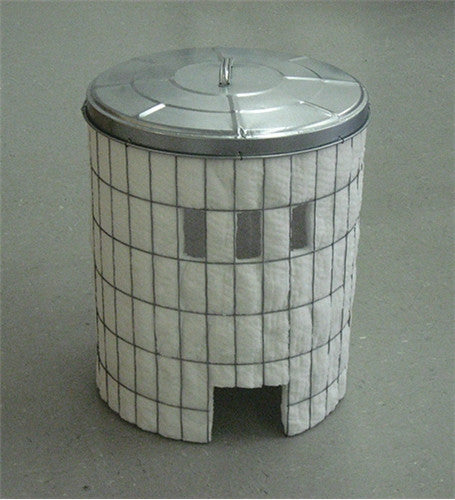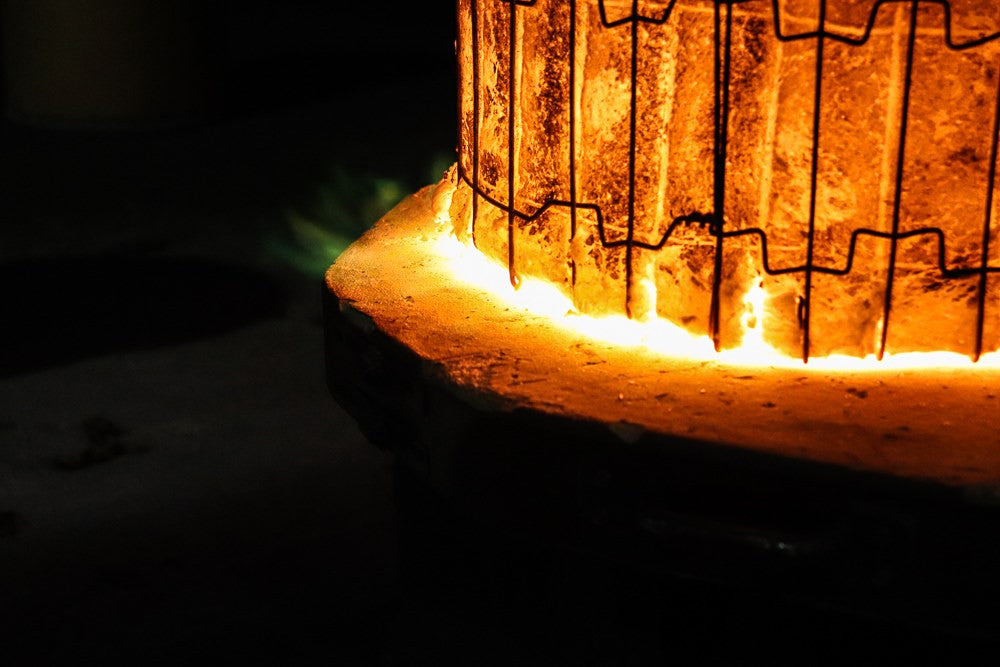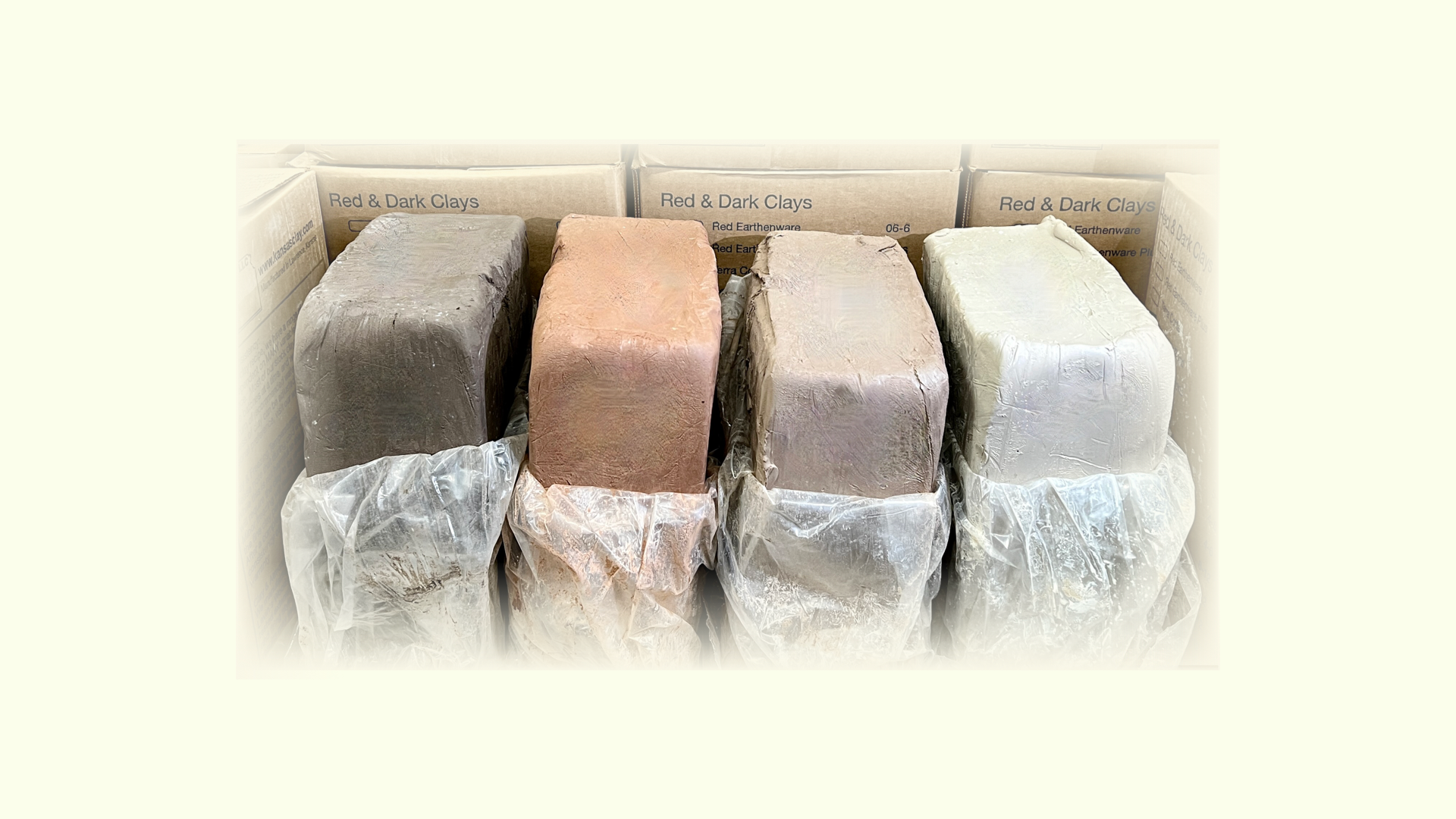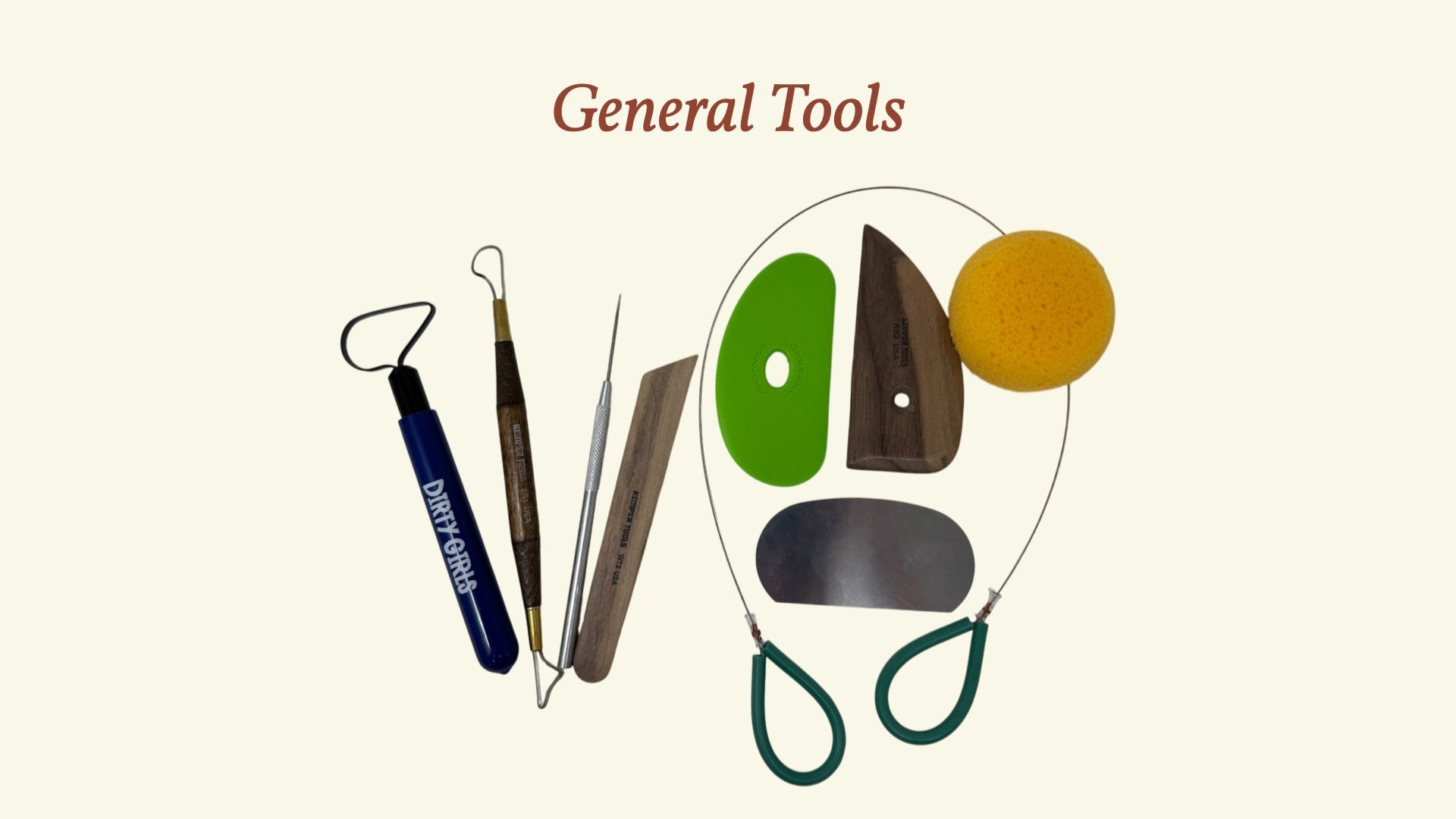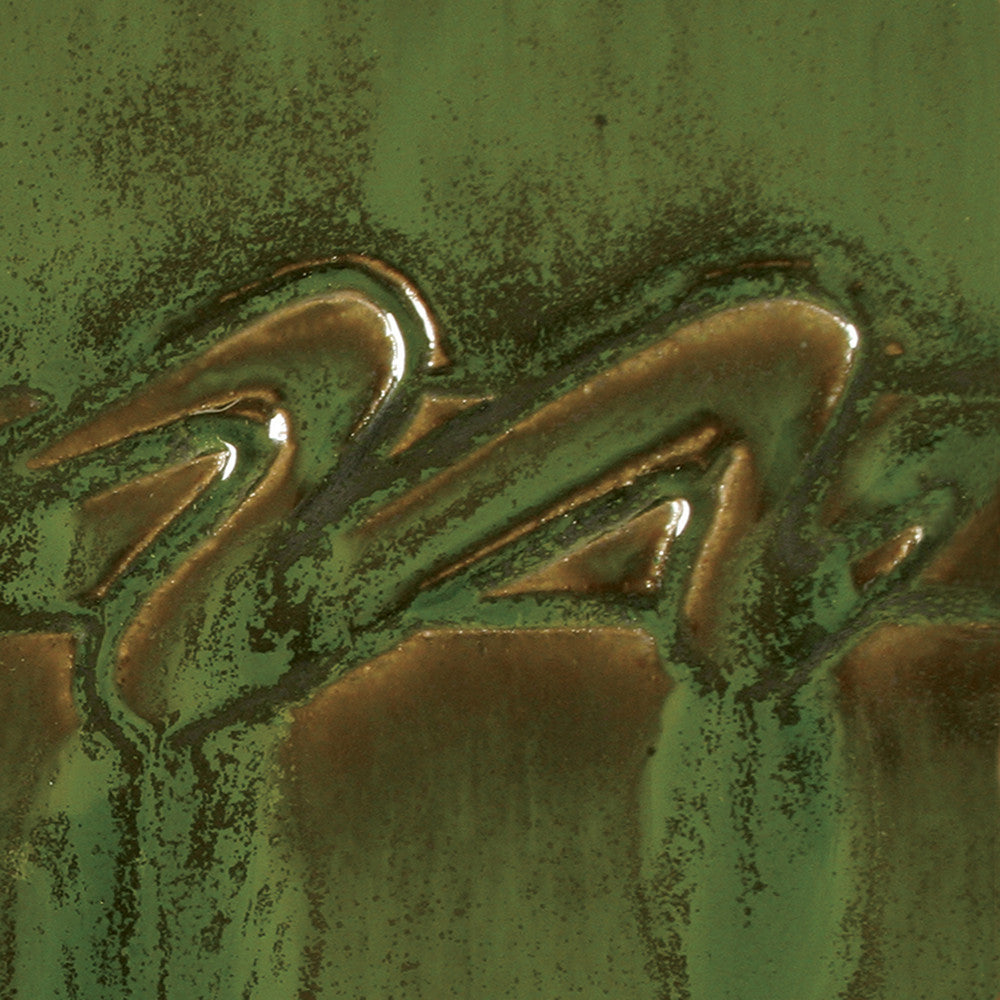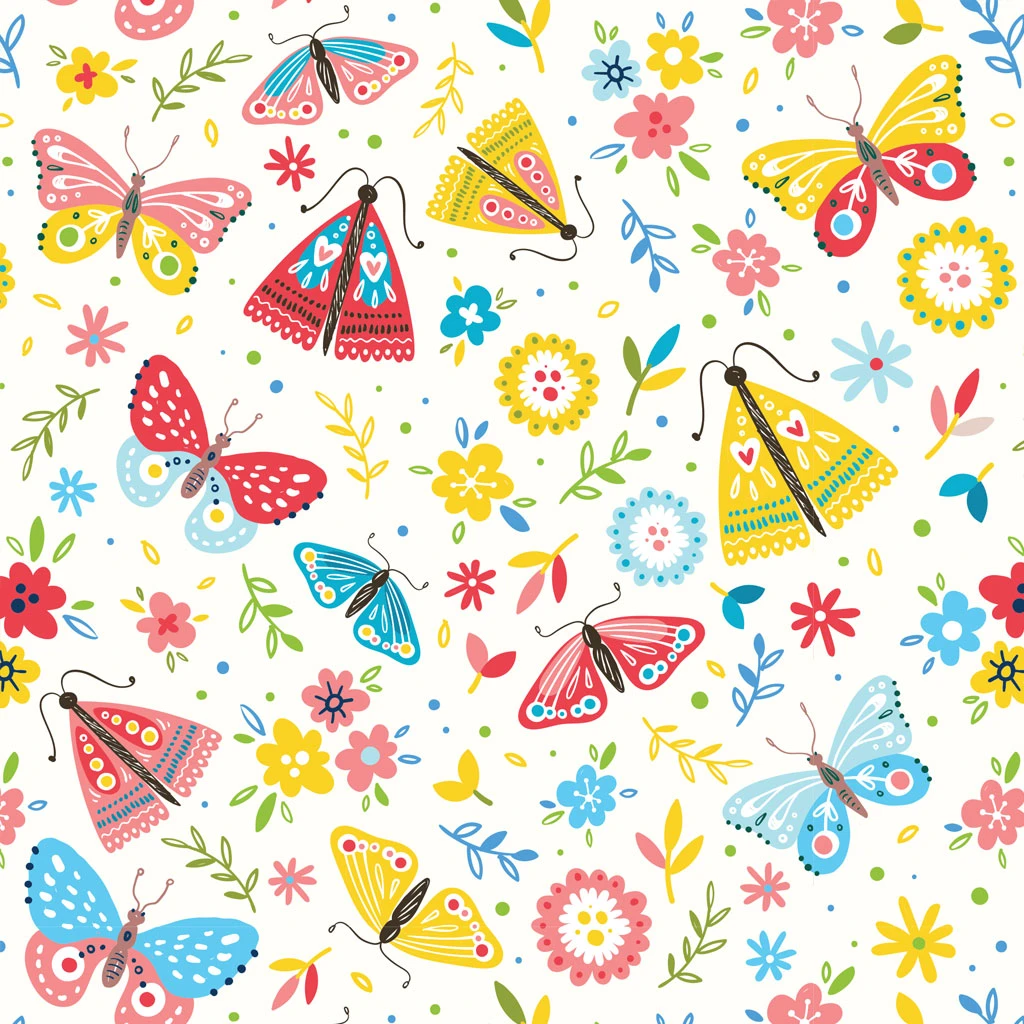Choose your option
Choose your option
Choose your option
Choose your option
Bracker's Crackle White dry raku glaze
Regular price
$7.00
Sale price
$7.00
Regular price
Choose your option
Choose your option
Soft Insulating Firebrick - K26 9 straight (Case of 25)
Regular price
$250.00
Sale price
$250.00
Regular price
Choose your option
R13 Copper
Regular price
$4.32
Sale price
$4.32
Regular price
$4.32
Choose your option
R14 Lithium Slip
Regular price
$5.82
Sale price
$5.82
Regular price
$5.82
Choose your option
R15 Dark Red
Regular price
$3.28
Sale price
$3.28
Regular price
$3.28
Choose your option
R20 Raku Burst
Regular price
$3.05
Sale price
$3.05
Regular price
$3.05
Choose your option
Kiln Gloves [raku gloves] - pair
Regular price
$18.00
Sale price
$18.00
Regular price
Choose your option
ROUND High Alumina 15-1/2 Full Shelf - 5/8 Thick
Regular price
$45.00
Sale price
$45.00
Regular price
Choose your option
Bracker Raku Kiln
Regular price
$250.00
Sale price
$250.00
Regular price
Choose your option
Choose your option
Choose your option
890 Chimera Raku Glaze
Regular price
$10.00
Sale price
$10.00
Regular price
$10.00
Choose your option
Soft Insulating Firebrick - K26 9 straight (individual)
Regular price
$15.00
Sale price
$15.00
Regular price
























![Kiln Gloves [raku gloves] - pair](http://goodearthclays.com/cdn/shop/files/kgleather__05253.1648747632.1280.1280.jpg?v=1726260985&width=427)
![Kiln Gloves [raku gloves] - pair](http://goodearthclays.com/cdn/shop/files/kgleather__05253.1648747632.500.750.jpg?v=1726260985&width=427)


